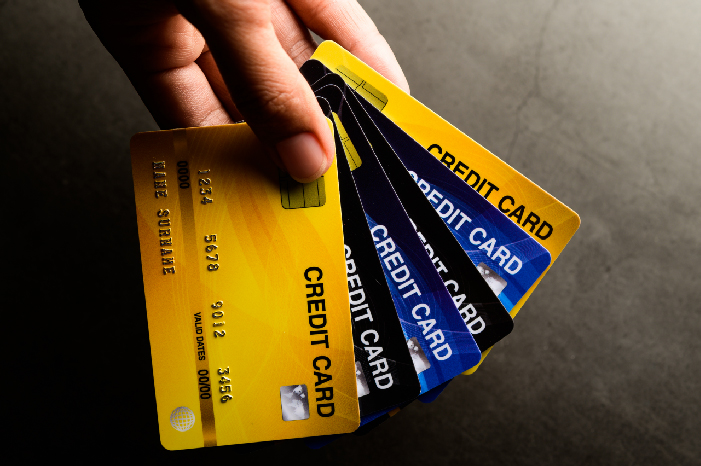
The average credit score of a Millennial in the United States is 680. The Midwest has the lowest credit score, while the Northeast has the highest. In this article we will discuss the differences in average credit scores across different regions. This will help you decide whether to relocate to one of these areas.
Millennials have an average credit score of 680
Although millennials have a lower credit score than the rest of their generation, they have made significant progress over the past five years. Their scores have increased by 3 percent from 651 to 680 between Q2 2013 and Q2 2019. However, their credit scores are still lower than the other generations. For example, the average score of people born during the Great Depression was 625, while the average score of people born in the 1970s was 709.
Like so many things in life credit scores are affected by the amount of debt you have. Student loans, credit card debt, mortgages and credit cards are the main sources of student debt for millennials. Your score can be improved by paying off your debt. You should also remember that missed payments from the past 10 years will have a greater effect on your score than any delinquencies in the past.

Midwest has the lowest credit score
The Midwest has higher average credit scores than the South, with the South having the lowest. Equifax, a credit-reporting agency, conducted the study. The median credit score in the Midwest is 789 and the average credit score in the South is 74 points lower. Local factors affect the average credit score. The average credit score of the blue states is higher than that of the red states. North Dakota has the lowest credit score while Nevada has Nevada's highest. Despite this discrepancy in the average credit score, the Midwest continues to be the gold standard in credit-worthiness.
Credit scores are determined by a variety factors such as the number of credit accounts you have, your credit history and whether you've ever experienced financial problems. The average credit score in America is 698. It varies from state to state. The VantageScore 3.0 credit scoring model is used to calculate credit scores. These averages are available in all U.S. states and territories, Guam and Virgin Islands.
Northeast has the highest credit score
The Northeast has a high average credit score. The average score is calculated based on several factors such as credit mix, credit utilization, credit history, and credit history. The Northeast states also have higher median families incomes which could contribute to higher credit scores. The South has the lowest credit scores.
Two of the most prestigious neighborhoods in Northeast are situated near Central Park. These two neighborhoods have an average score 746 which is 33 more than the 712 state average. Six of the top ten New York City neighborhoods have the highest credit scores. Queens, Brooklyn, Staten Island, and Brooklyn all rank amongst the top ten. The east side of Manhattan is home to most of the wealthy neighborhoods, located south of 34th Street.

Southwest has the lowest credit score
Your credit score must meet the minimum requirements to qualify for the best credit cards. Chase takes into account other factors when approving your application. While most credit card companies require that you have a minimum credit score to be approved, Chase does not. A high income will increase your chances of approval and allow you to borrow more. However, keep in mind that the median household income in the United States is $61,937. If you earn more, you are considered above average in most states.
You need to know that 670 is the minimum credit score required for approval for Southwest credit cards. This may seem high for many applicants but it's not impossible. As long you don't apply for too many credit cards, it should not be difficult to get approved. You may lose your application and have to wait for your score to increase.